Chinese Tea Leaf Eggs
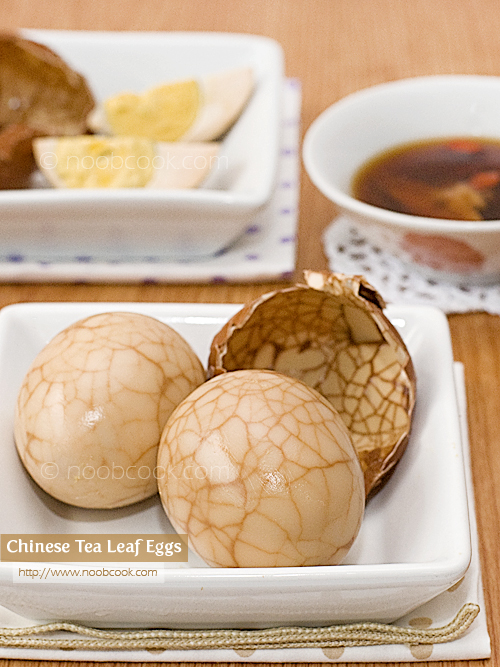
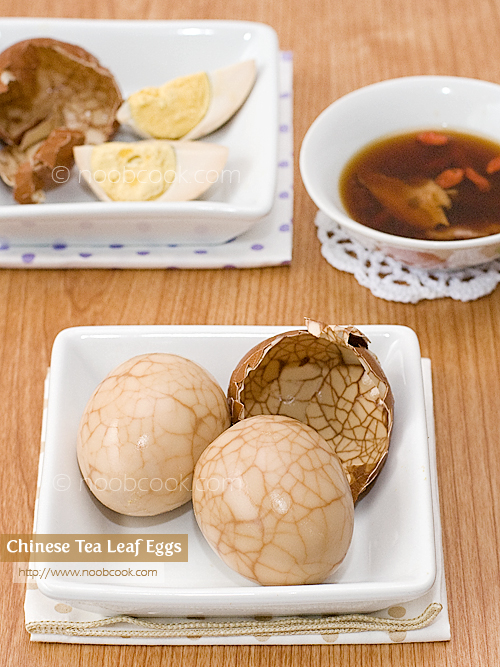
Tea Leaf Eggs: Popular savoury street snack recreated at home
Chinese tea leaf eggs (also known as Chinese Marbled Eggs, Tea Leaf Eggs, Cha Ye Dan, 茶叶蛋/茶葉蛋) is a common street delight in Asia, including Singapore. They are really easy to make at home, especially when you use a slow cooker. I basically made some (almost) hard boiled eggs, made cracks all over the shells while leaving them intact, then I dump them into a slow cooker with some ingredients and let the slow cooker do its magic. Really super easy. If you do not have a slow cooker, you can simmer them in a soup pot. The kitchen, to my delight, is filled with the wonderful aroma of tea, herbs and spices – my kind of aromatherapy. It felt as if I had walked past a Chinese medical hall. One common complaint about tea leaf eggs I hear is that while the aroma smells superb when you walk past a shop selling them, they taste quite bland when you bite into it. I think the ones I made are quite savoury and yummy.
If you noticed that my tea leaf eggs are not as dark as the usual ones, that’s because I took them out sooner to snap photos before the sun sets. If you like the darker colour, add more dark soy sauce and simmer as long as you can.
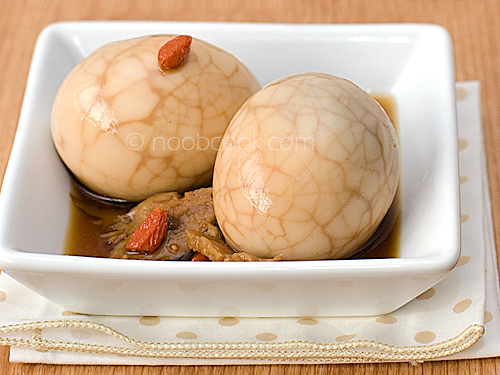
Serving suggestion: eggs in herbal (dang gui and wolfberries) broth
Ingredients
– Eggs (any number, but make sure they cover only one layer in the pot)
– Boiling water
– 100ml light soy sauce
– 1 tsp dark soy sauce (add more if you prefer a darker colour)
– 1 tsp sugar(A) Herbs and Spices
– 2 tbsp black, non-floral tea (preferably Chinese tea such as pu-er 普洱, tie guan yin 铁观音 or oolong 乌龙) or 2 black tea leaves bag (if using tea bag, only use the tea filter bag, cut away the string and paper handle)
– 1 cinnamon stick
– 2 star anise
– 2 small pieces of dried tangerine/orange peel
– 3 cloves
– 6 peppercorns, lightly bruised
– 2 small pieces of dang gui aka Angelica sinensis, Chinese Angelica Root, 当归 (optional, for the herbal taste)For extra herbal taste (optional, for step 4 below)
– 5 pieces of dang gui
– 1 tsp wolfberries, soaked in water for at least 5 minutesDirections
1. Prepare hard boiled eggs till they are 80% cooked. To do that, place eggs in saucepan of cold water (enough water to cover eggs). Bring to a boil for about 2 minutes, off the flame and cover with lid for about 7 minutes (for 100% hard boiled eggs, it’s about 10 minutes). Rinse the eggs with cold water till they are cooled.
2. Gently tap the exterior of the eggs with the back of the spoon to form cracks evenly around the egg, careful to leave the entire shell still intact and covering the egg. This will create the beautiful “marbled” look and also allow the flavours to seep through the eggs.
3. In a slow cooker, arrange the eggs to occupy one layer in the pot. Then add boiling water (just enough to cover the eggs), soy sauces, sugar, tea and the ingredients in (A). Set the slow cooker on high for about 1-2 hours (starting from the time you see the water boiling in the slow cooker). Thereafter simmer on low for as long as you like till ready to serve. If you’re not using a slow cooker, just bring all the ingredients in a pot to a boil, then simmer for about 2-3 hours similar to how you prepare Chinese soups.
4. For extra herbal flavour, I added an extra 5 pieces of dang gui to the pot one hour before serving (I do not want to leave them in for too long as it will result in bitter taste). Five minutes before serving, add the soaked wolfberries. For this herbal version, I served the eggs in a shallow dish with some broth, wolfberries and dang gui pieces poured over it.
Gently tapping the eggs with the back of the spoon to form cracks
Cooking Notes
1. For easy cleaning and convenience, I place all the ingredients from (A) in a soup stock pouch. You can use the disposable type (I purchase a pack of 45 pieces at Daiso Singapore) or the re-usable stainless steel type.
2. When cutting the egg for serving, dip your knife blade in water first so that it does not stick to the egg yolk.
3. Do not heat up the whole eggs using a microwave as they will “explode”. Heat them up (with some of the broth) in a pot using a stove.
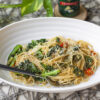
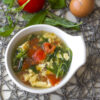
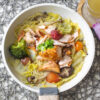
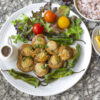
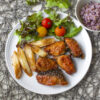
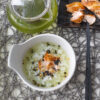

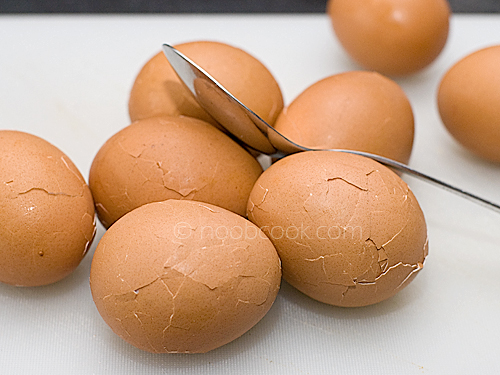
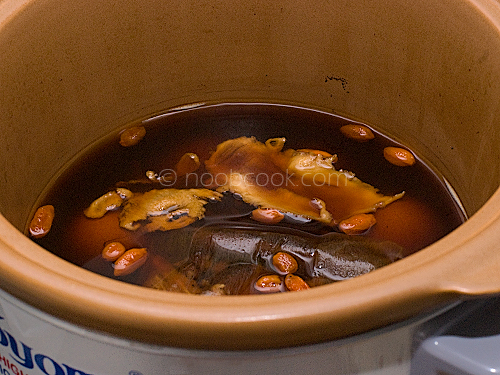

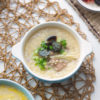
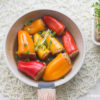



Wiffy they look gorgeous! When you were describing how to make them, I could already smell and taste this wonderful snack! I have a couple of duck eggs, I think I want to try make this using them.
You literally can make everything at home. Talented chef! Cheers for the recipe. I adore these eggs. Haven’t had one in years since high school I think. Love the way they smell.
Such a new idea to me! Looks great! Hmmm, I’d love to use this technique on some dishes I have! This is great!
The last time I made this I ate 5 lol
Beautiful photos!
5 at a go? lol
The eggs look really artistic but some how, tea eggs and I don’t go together. Not sure why .. maybe it’s the strong herbal smell when it’s being cooked. Anyway the pics look great!
It’s actually the strong herbal smell that I like. As I describe it, it’s my aromatherapy haha. Thanks!
Happy Easter Day! I’ve an award for you, please come and pick it up when you’re free.
Thank you so much for the award :)
Oh, they are beautiful or what! If you are hardpressed for time, Yu Yan Sang sells a pretty decent pre-mix. :)
Tea eggs are one of my favorites! Btw, have left an ‘optional’ award for you. :)
Thank you very much! :)
My hairdresser told me how to make these just the other day – and with your awesome tutorial I am definitely going to give these a whirl. I’ve had them once and they are delicious!! PS- saw you on Tastespotting ;)
hi there, thanks for visiting me. Hope you love these eggs when you try them, they are really fun to make :)
What beautiful marbling. You did a fantastic job.